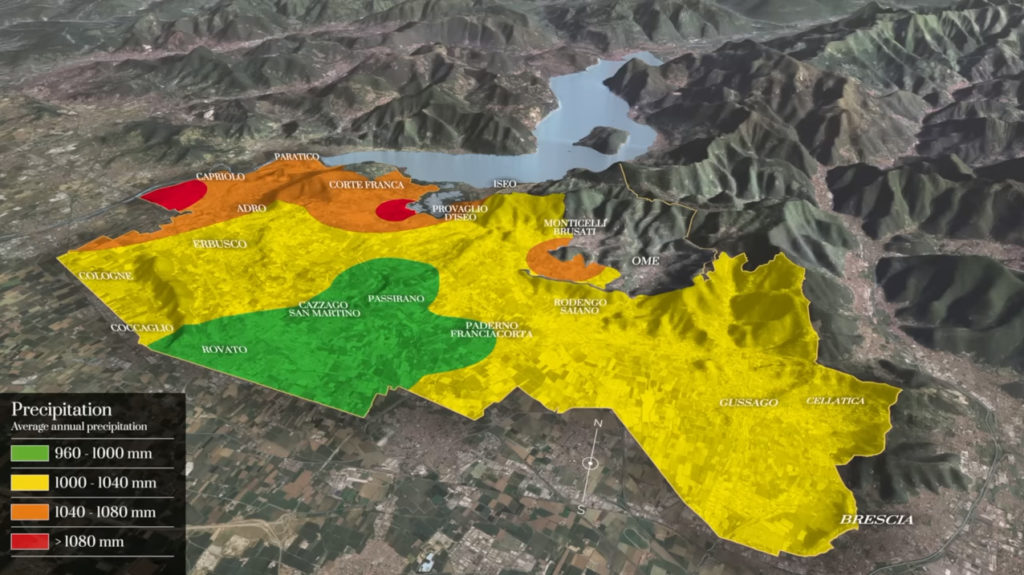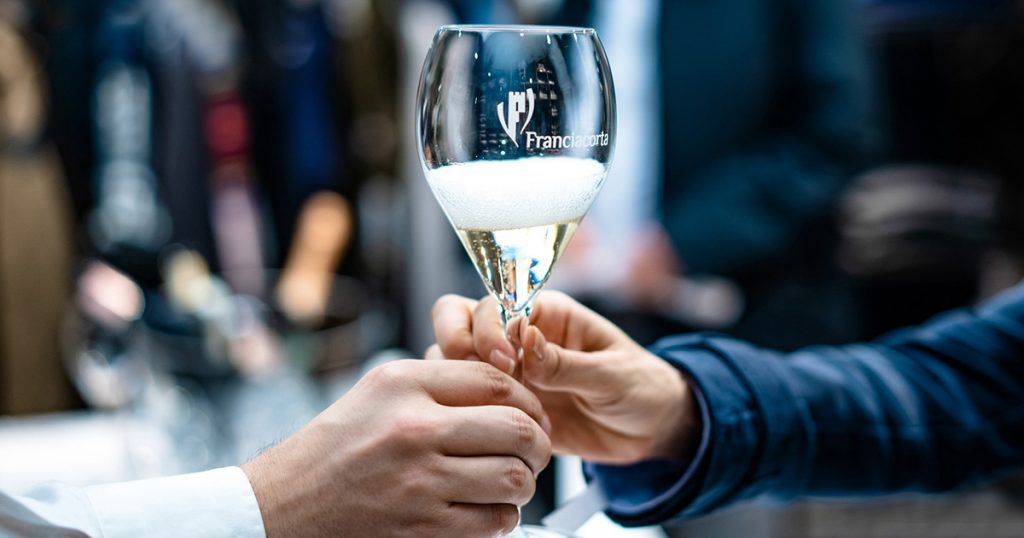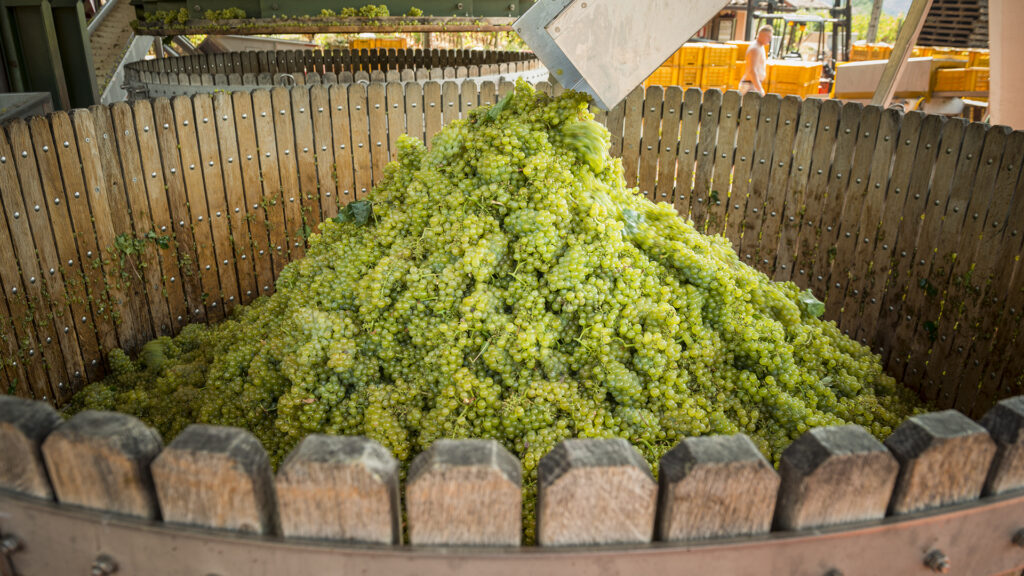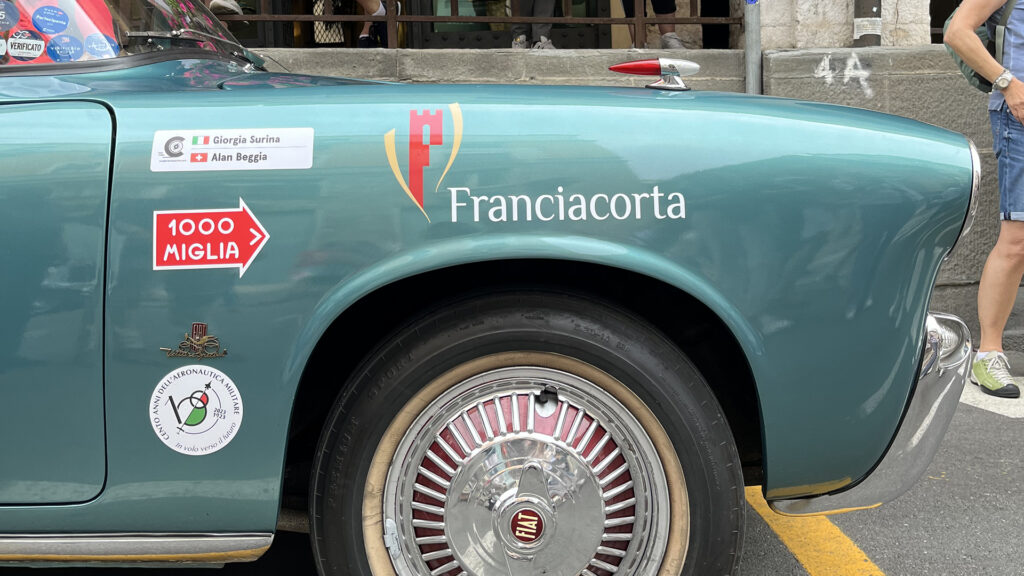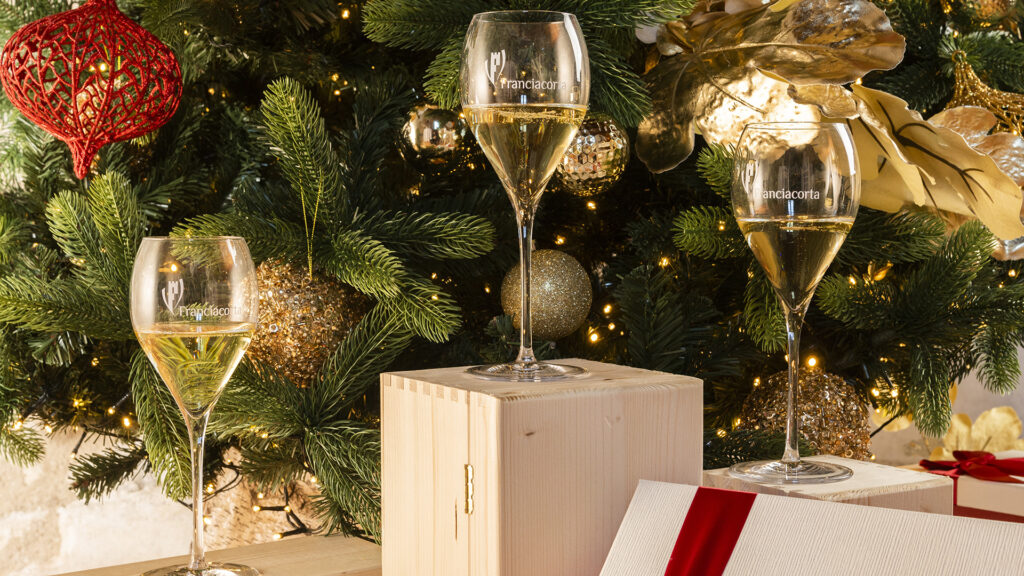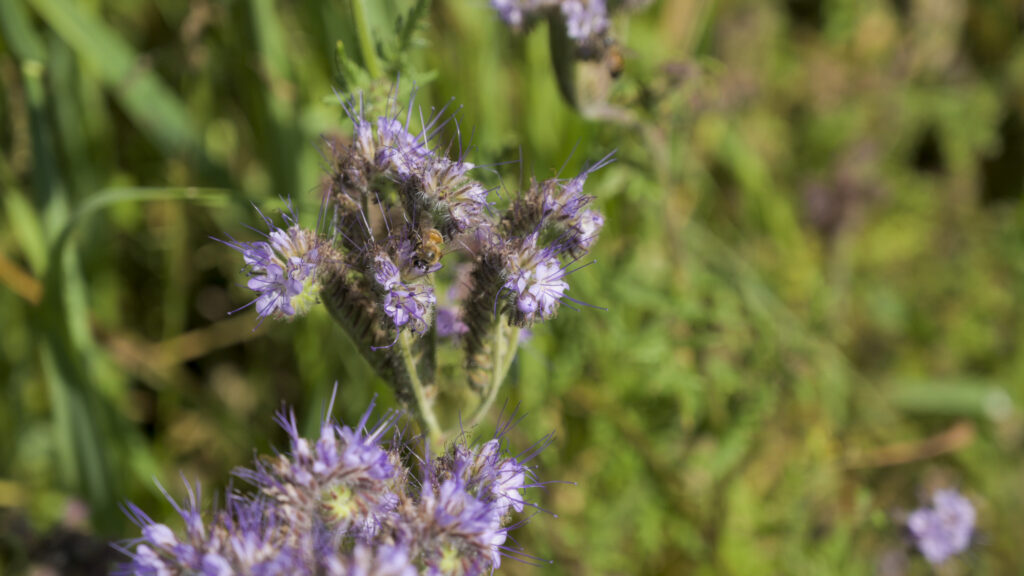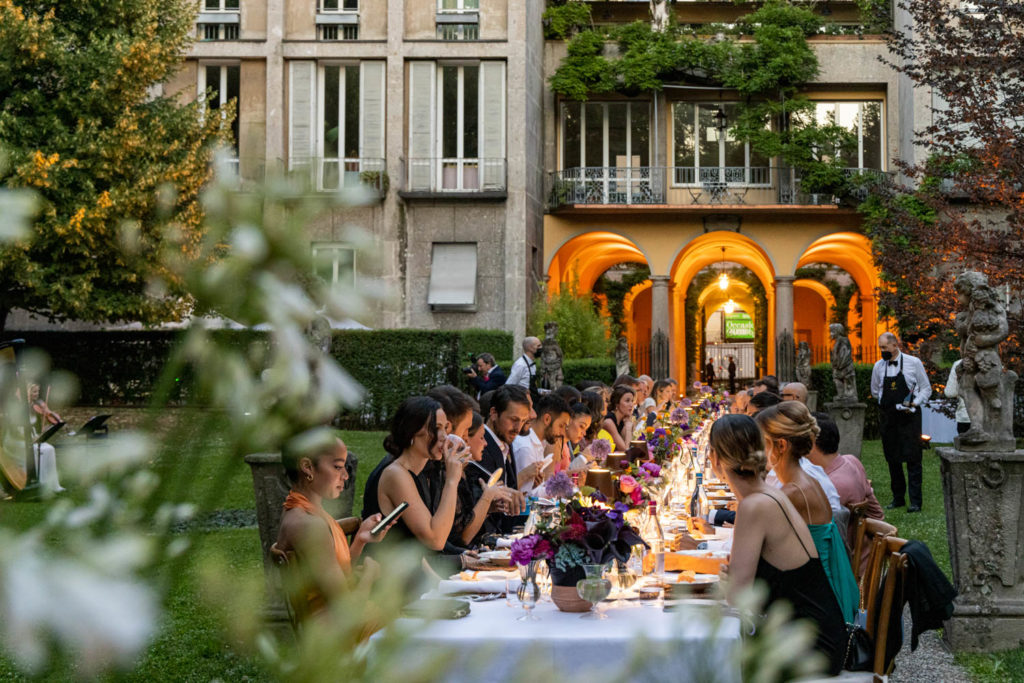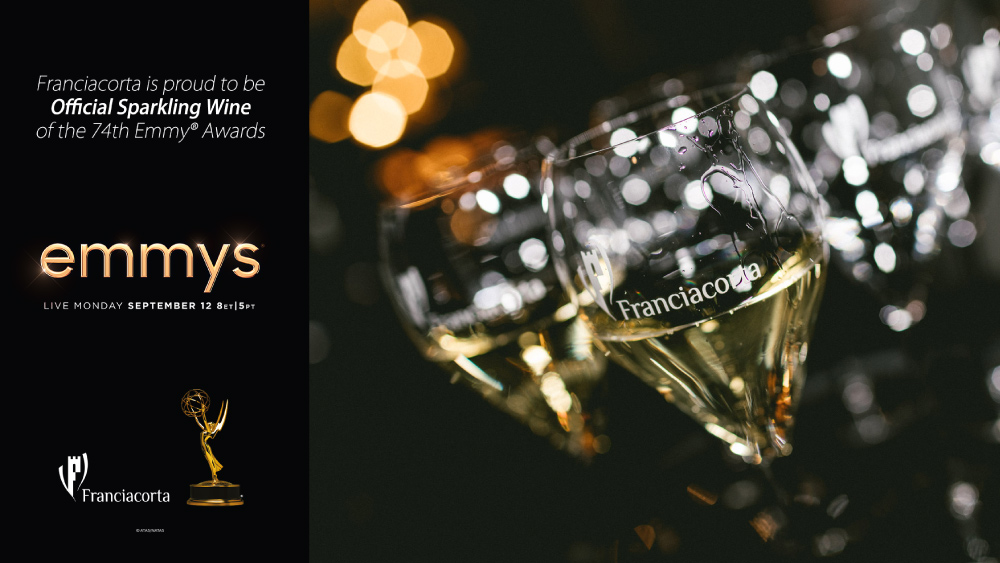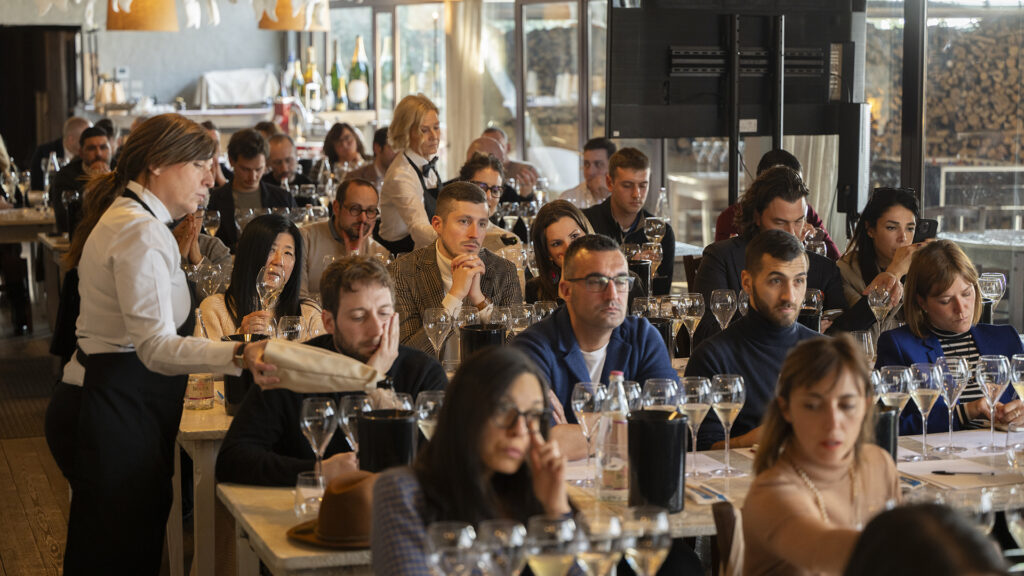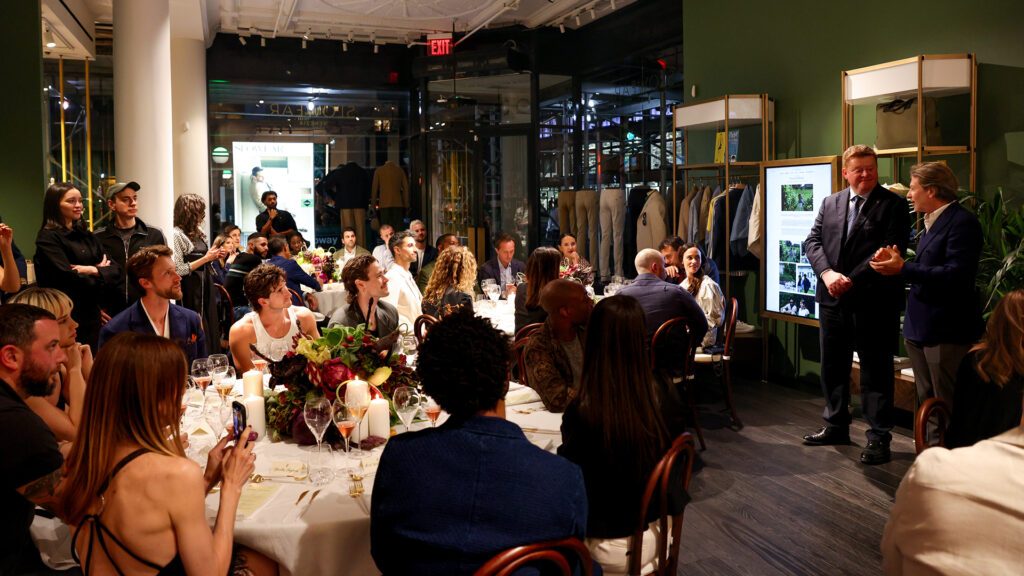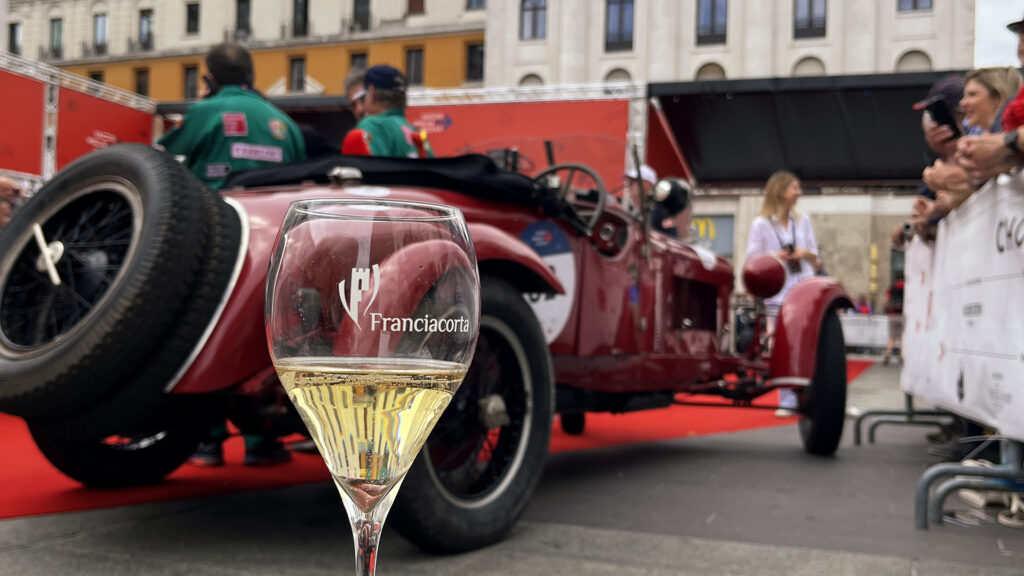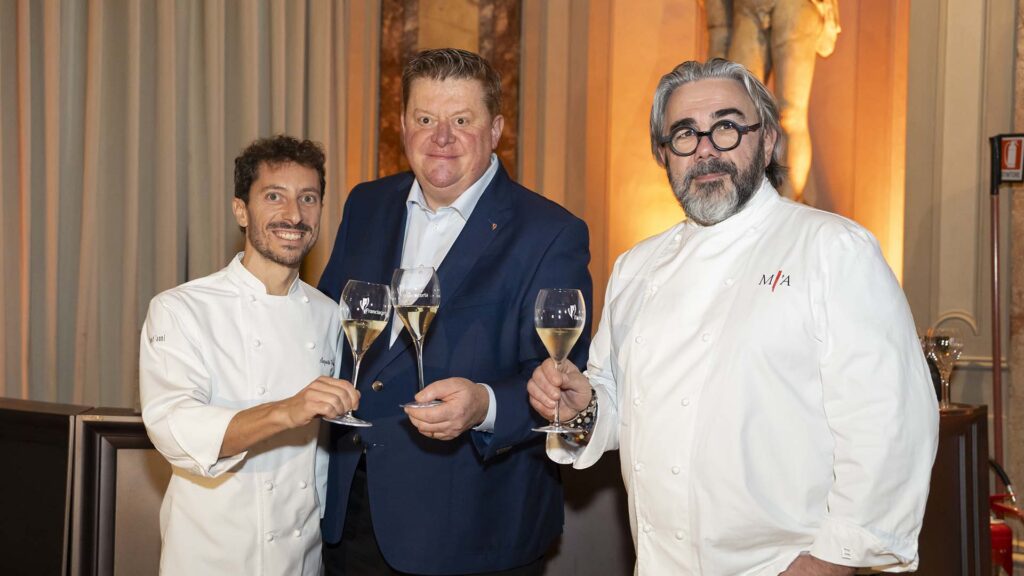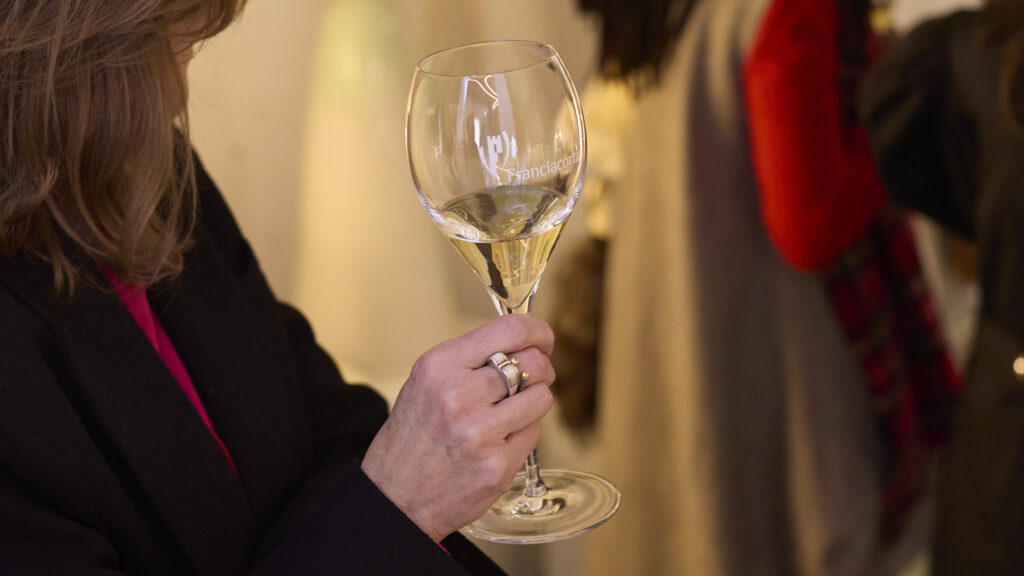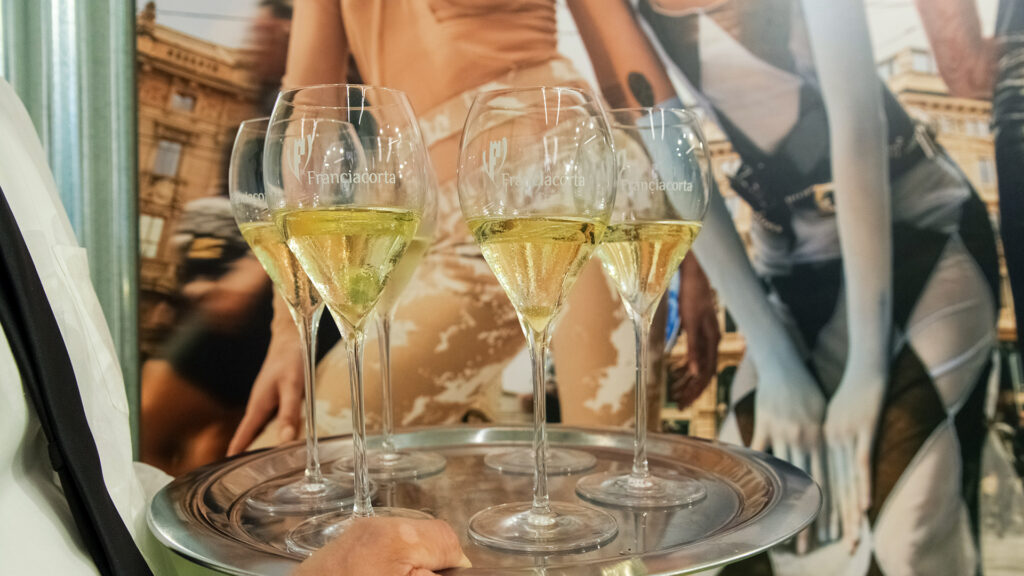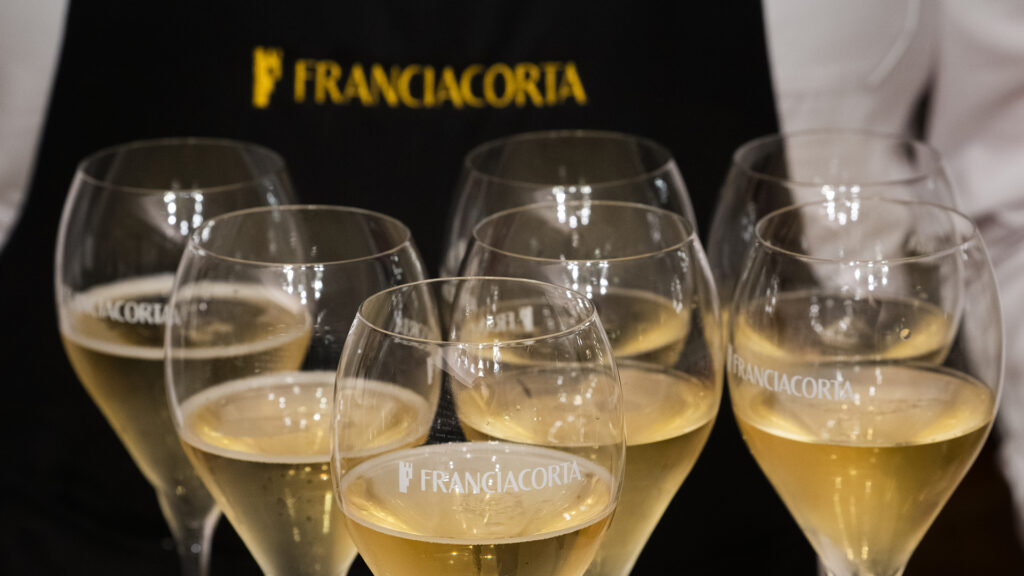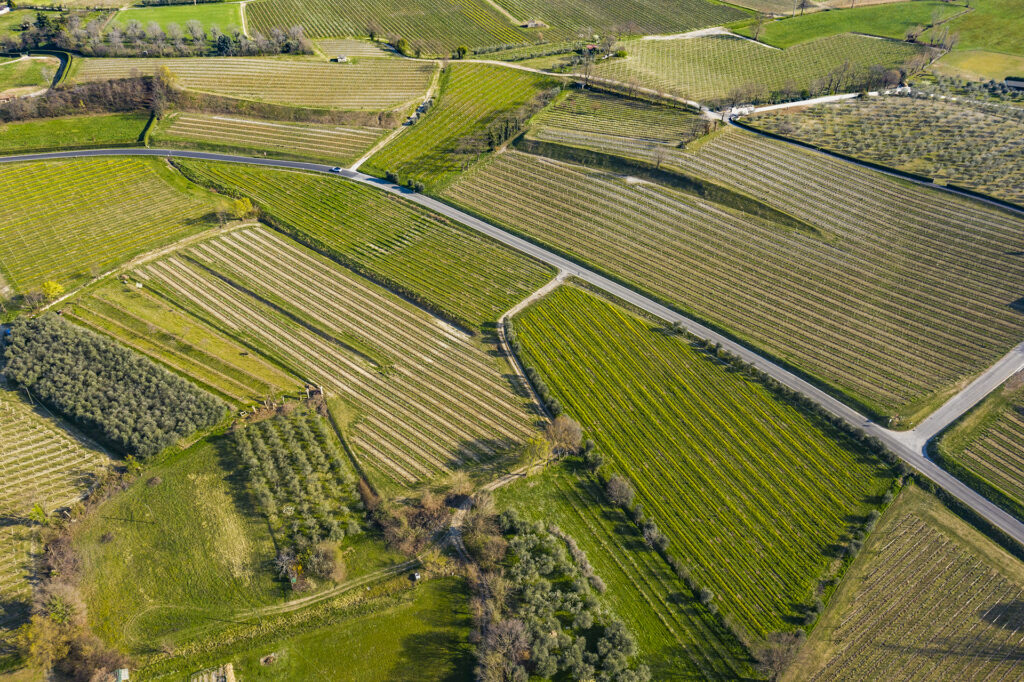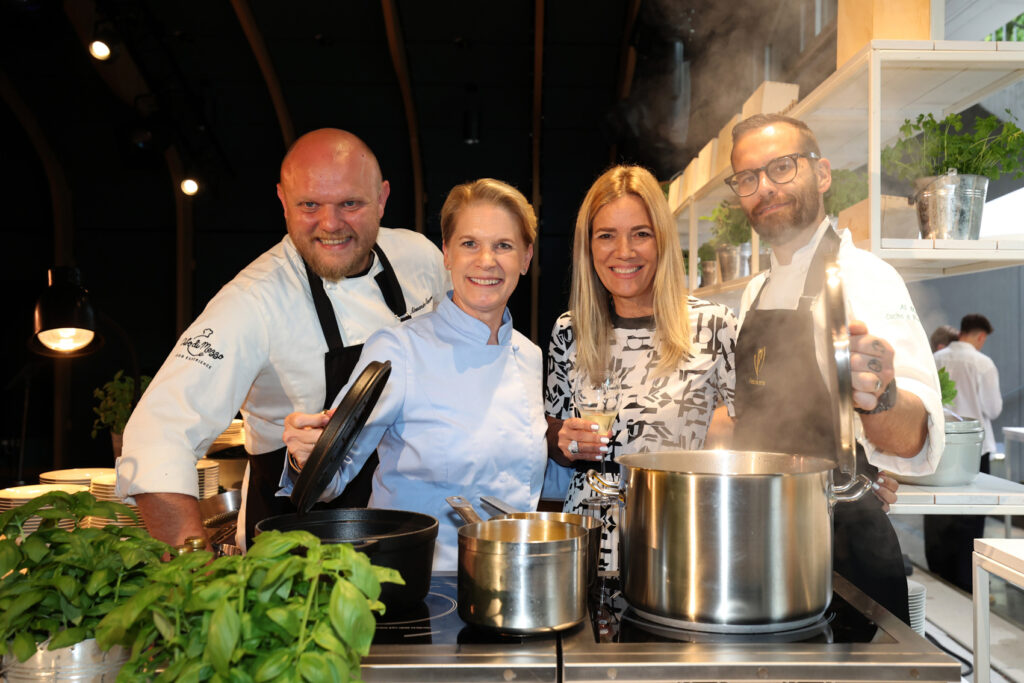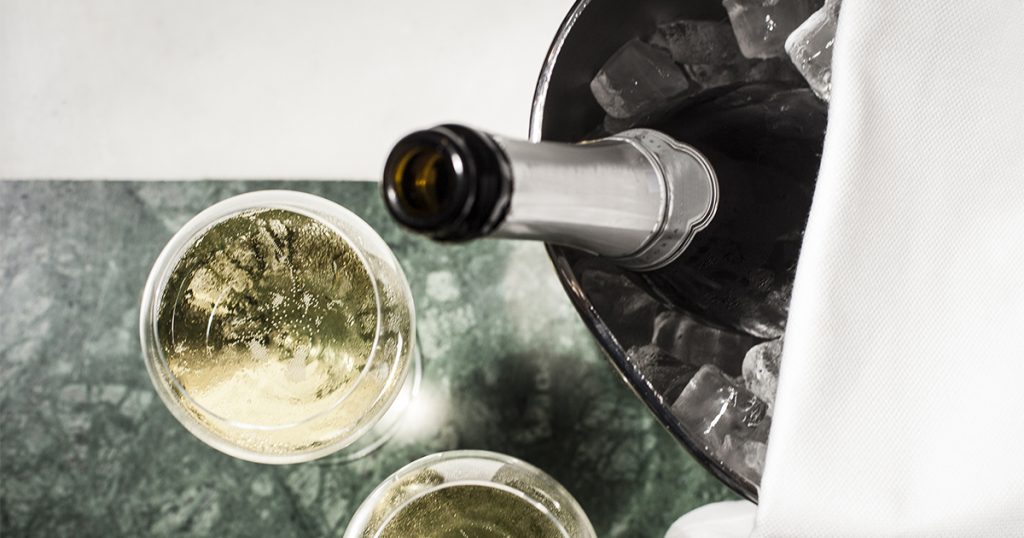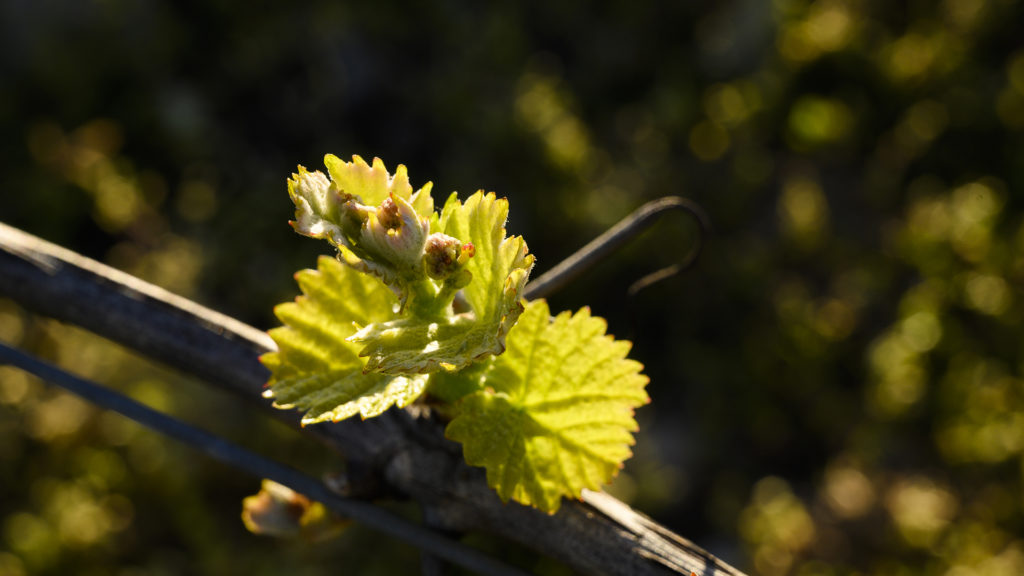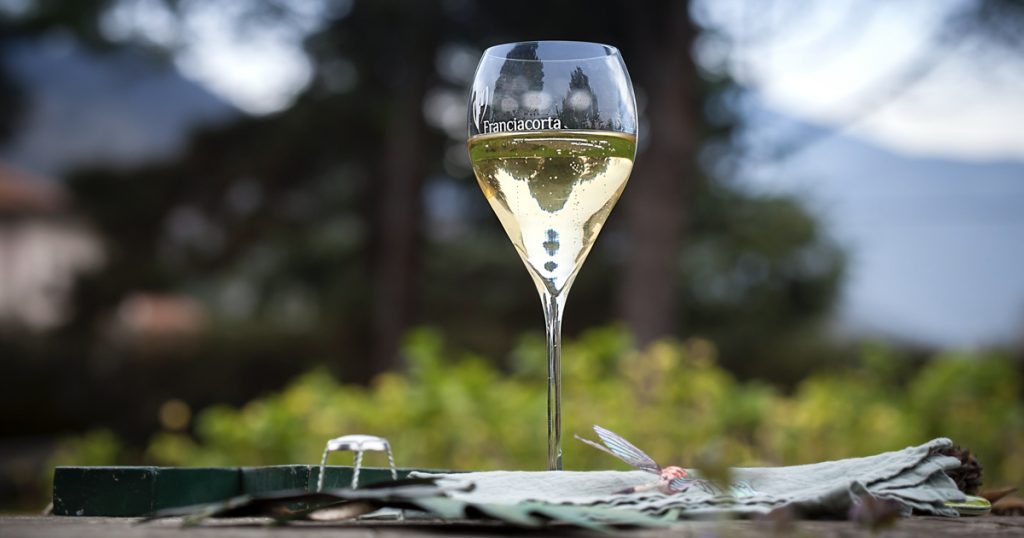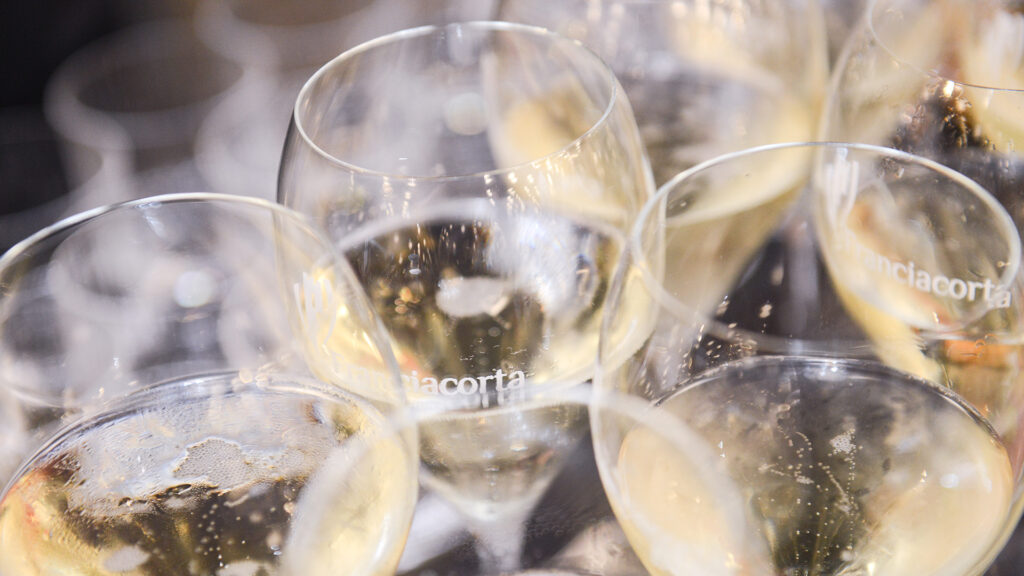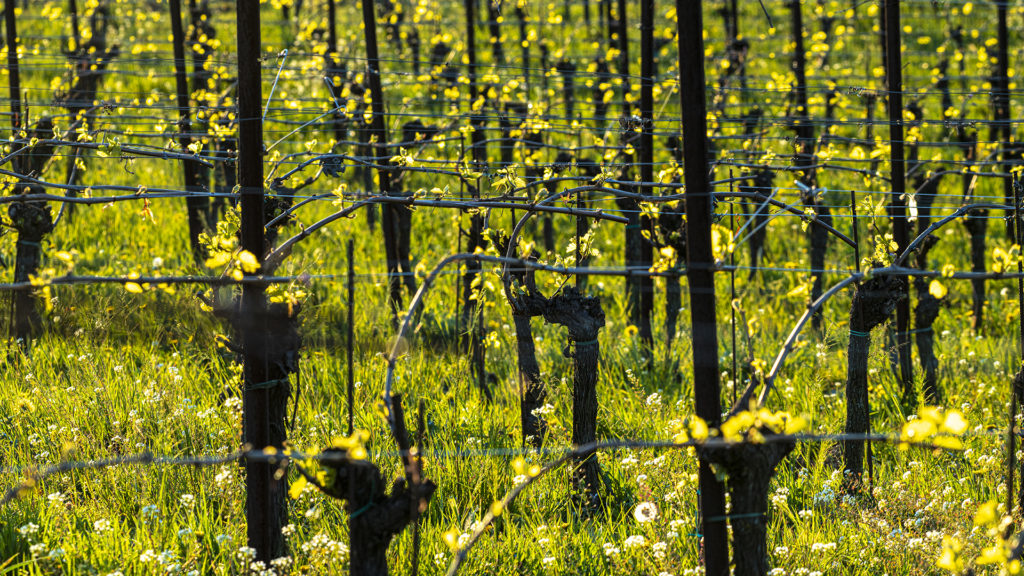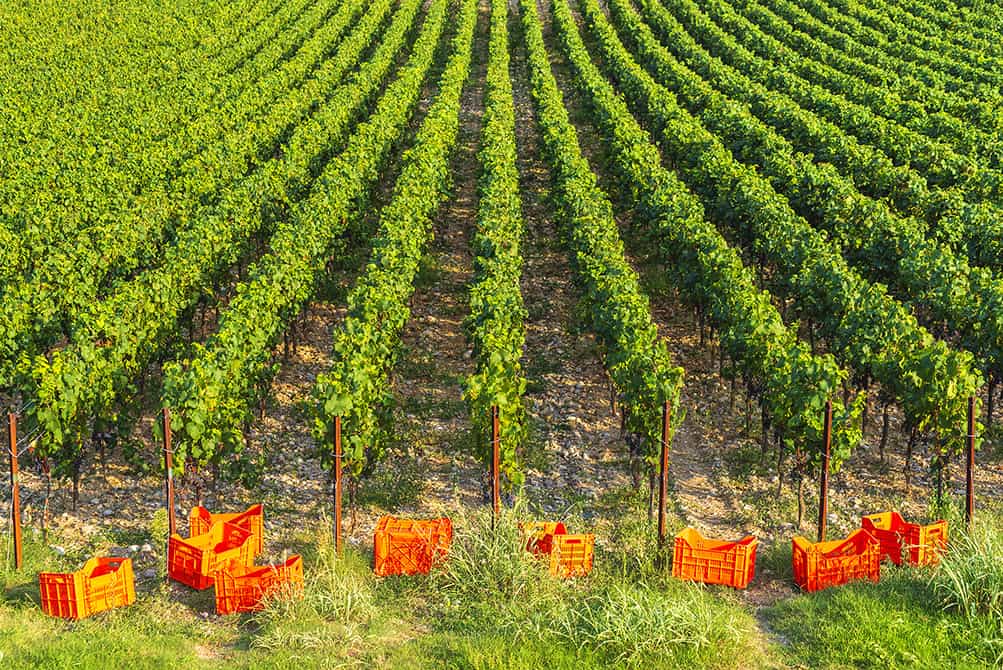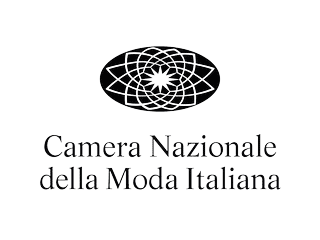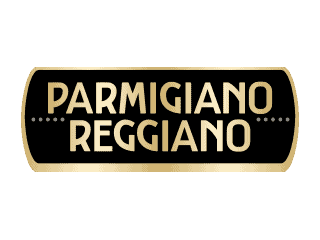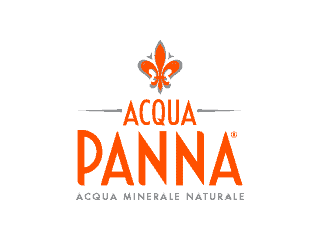The destiny of the Franciacorta pomace is encompassed in a tulip glass
Hand picked, soft pressed, left to ferment first in tanks and then in bottles where they rest on the lees for at least eighteen months. This is the destiny of Franciacorta grapes: Chardonnay, Pinot Nero, Pinot Bianco and, more recently, Erbamat. But what happens to the pomace? It gets made into grappa! A grappa which takes the flavour of the skins and seeds of these noble grapes because, first and foremost, grappa is (Italian) pomace and its character thus inevitably reflects that of the raw materials used to make it. For this reason this Brescia-origin spirit pays tribute to the primary aromas of Franciacorta grapes, transparently exalting the prevalent pomace fragrances which are so easy to distinguish, in the absence of wood ageing.
In the heart of Borgonato Borgo Antico San Vitale is an example of expert restoration in which medieval buildings and much more restrained contemporary work harmoniously co-exists. After hosting the first international centre for the study, recovery and dissemination of spirit-making science, it now welcomes in tourists and grappa lovers to an attractive exhibition trajectory designed to narrate the historical evolution of pot stills into modern production plants. Naturally the culmination of this educational trajectory is tasting the results of a centuries-long production method based on on purity in a reasoned and responsible way, a purity which means choosing the best pomace and double distilling it.
Hot air is pumped over the destemmed leftovers of the pressing process to evaporate its alcohol and aromatic compounds whilst respecting the pomace and ensuring control over all phases of the process. The raw alcohol obtained in this way is a ‘grappa promise’ which has to undergo further steps to free its as yet unexpressed potential. First cooled and then filtered to eliminate impurities it is then added to the juices extracted from pomace which has not undergone first distilling and which will move on to the second, which is crucial to the perfecting of the rectification process.
In this second phase the master distiller works to fine tune the temperatures of the stills and on distillation time frames, separating the noble substances from undesirable ones. The pomace contains a great many volatile compounds of which the most important in quantity terms are water and alcohol. Hundreds of other elements – present in relatively small quantities – give the grappa its unique characteristics but if there is too much of them they make it unpleasant in flavour and can sometimes even be harmful. This is why rectification is so important. It is a physical and mechanical process which is divided up into three stages to separate the grappa into three parts: head, heart and tail.
The head – methyl alcohol (toxic above a certain level) and acetates (responsible for undesirable acetic fermentation) are the first to drop through the cooling tubes and leave the still, as their boiling point is lower than that of ethyl alcohol (78.4°C). The heart is the central part. It is made up of all those elements whose boiling point is 78.4 to 100°C and contains the majority of the ethyl alcohol and the lowest share of impurities. It is effectively what gives each grappa is distinguishing characteristics. Lastly the tail is made up of volatile compounds whose boiling point is over 100°C and are collected in the last part of the spirit. Whilst certain temperatures are never reached, many of these substances are soluble in hot alcohol vapours and thus end up in the final spirit all the same.
The importance of the master distiller is, therefore, crystal clear: the ability to identify when the heart ends and the tails begin, to obtain a pure product which also reflects its origins, which preserves the grapes’ primary aromas together with the secondary aromas of fermented pomace. The tertiary aromas are the outcome of time spent in the barrels and are generated by slow and constant contact between the spirit and the wood it is kept in, to enable producers to experiment with essences and tailor their grappas to their requirements. Distillerie Franciacorta has chosen oak barrels for aged grappas: twelve months for La Nativa and over twenty-four for Ampolle 1901, created to commemorate the birth of this important Italian firm, the work of winemaker Luigi Gozio. Whether it is Chardonnay, Pinot or a blend, it is the tulip glasses used for grappa which release intense Franciacorta aromas to the nose.

